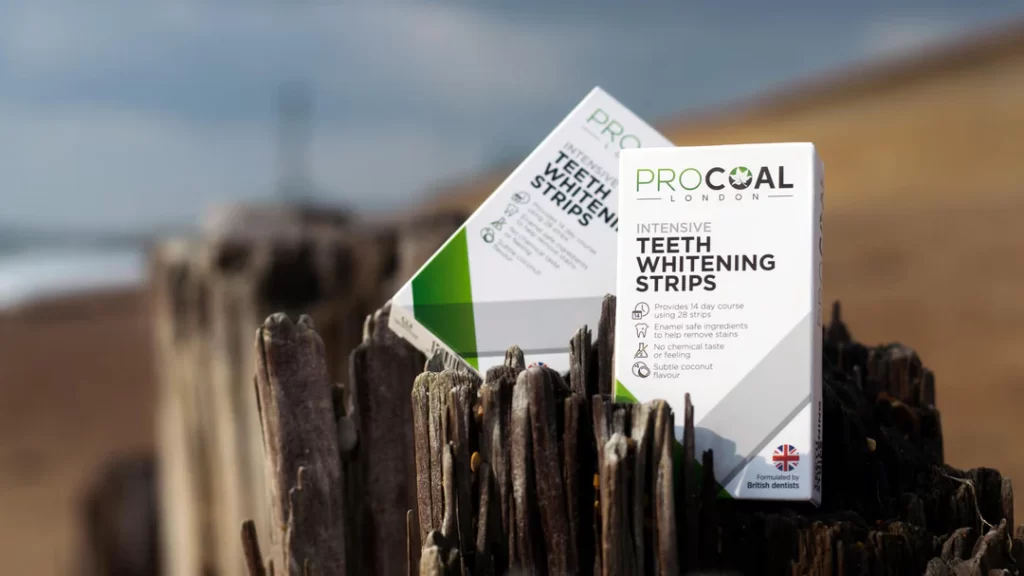
Chemical peels are a popular treatment among skincare enthusiasts. Peels work by applying a solution to the surface of the skin. This is usually an AHA, such as mandelic acid. The acid removes the dead skin cell layer and promotes the growth of fresh new cells that reach the top layer. In addition to a refreshed complexion, you will notice a significant improvement in other issues such as hyperpigmentation, fine lines and wrinkles, acne and breakouts.
Peels come in three different levels of intensity: superficial, medium, and deep. The first two methods are common and performed in salons or spas by trained therapists. As for deeper peels, more thought and consideration is required, as well as a visit to a more clinic-like facility to receive this treatment. The benefits of each peel are described in more detail below.
Superficial Peels
Apply these solutions to the skin and leave them on for a few minutes.
Chemical peels are low-carb compared to other strong acid peels.
They remove the outer layer of the skin, also known as the epidermis.
The skin can often feel tight and uncomfortable, so be sure to pair it with a moisturizing ingredient like hyaluronic acid to address this.
These peels can be done at home and must be used regularly to maintain results.
Medium Peel
The solution is applied to the skin and left on for a few minutes.
For this treatment, you will need to visit a salon or spa and should avoid doing medium peels at home.
Removes the upper and middle layers of the skin, clearing the skin of impurities.
Itching, stinging, and burning sensations may occur during and after the treatment.
This treatment should not be used as often as a superficial peel.
Increases the skin’s photosensitivity to the sun, so sunscreen should be used daily to adequately protect the skin from free radicals and UV rays.
This treatment needs to be done every 6 to 12 months, depending on how your skin responds to the peel and how quickly the results wear off.
Deep Peel
The solution is applied to the skin and works for 30 minutes, sometimes longer.
Works on the deeper layers of the skin and requires local anesthesia to numb the pain.
The skin feels uncomfortable, with flaking patches and redness.
A long recovery period is required after a deep peel, which usually lasts about 2 weeks.
The results are long-lasting, so you don’t need to repeat the treatment.
Has skin-lightening properties, so it’s not suitable for people with darker skin tones.
I hope this explains things better and gives you a better understanding of how the peel works. I will now briefly explain what mandelic acid is and what benefits it has. So if you already know about skin care, you can skip the next section.
What is mandelic acid?
Extracted from bitter almonds, it belongs to the alpha hydroxy acid (AHA) family.
Known as one of the gentlest chemical acids.
Removes the buildup of dead skin cells, bacteria, debris, and other impurities.
Helps reduce the appearance of fine lines, wrinkles, and loss of elasticity.
Targets areas of hyperpigmentation, dark spots, sun damage, and acne scars. Inhibits the overproduction of melanin, thereby evens out skin tone.
Gentle enough to be used on skin prone to redness and rosacea.
Mandelic acid is commonly used in topical peels, especially in over-the-counter formulas.
Provides exfoliation to the skin with minimal downtime required.
If you would like to learn more about mandelic acid and its effects on the skin, read its blog post on Skin School.
How often can a mandelic acid peel be done?
Ideally, you can use a mandelic acid peel every two weeks. You will also find that due to its gentle nature, mandelic acid can be used as an exfoliant year-round, even in the summer, although it should be avoided due to the skin’s increased sensitivity to UV radiation.
The main benefits of using a mandelic acid peel are:
Improves signs of aging such as fine lines, wrinkles, and loss of elasticity. After a few uses, you will notice that your complexion becomes visibly firmer, plumper, and more youthful.
All signs of uneven skin tone are improved, and areas of hyperpigmentation and melasma become lighter.
Helps fight redness and rosacea.
Requires minimal downtime compared to other chemical peels.
Fights oiliness as well as breakouts and acne issues.
Can be used on all skin types, including sensitive skin. However, it is advisable to seek the help of a dermatologist to find the formula that works best for you and your skin.
Known as a “summer peel,” this means you can do this treatment all year round. Of course, remember to apply SPF 50 every day to complete the sun protection.
As I mentioned before, if you are prone to sensitivity or have temperamental skin, you should consult a doctor. Another precaution you can take is to do a 24-hour patch test before applying the product to your face. This works well if you are unfamiliar with the active ingredients in the product and the formula.
Can mandelic acid be used daily?
Yes, it can, but make sure to use a low percentage formula, as too much can cause severe dryness, irritation, and increased sensitivity to light. To avoid an over-balance, I recommend using a hydrating ingredient like hyaluronic acid to restore moisture and avoid increased dryness and irritation. If you want to learn more about how often to use mandelic acid, read our dedicated blog post where we answer your questions about the active ingredient.
Here is more information about mandelic acid and how often to use exfoliating products. Don’t forget, you can find us on Instagram where several of our skincare experts are ready to help you with your skincare needs.


